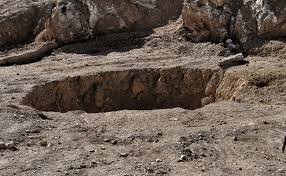
The place known as the Khasfah [an Arabic word for a crack or a hole that opens up in the ground] was once a local curiosity, a natural formation that many locals believe was caused by a meteorite.
But the Islamic State (IS) group transformed it into a 'place of death' after capturing the area in June 2014, using it as an execution site and a mass grave where they disposed of victims, according to local residents.
"They would bring them blindfolded, their hands tied behind their backs. The Khasfah would be in front of them, they would make them kneel down, shoot them in the head and push them in," said Mohamed Yassin, 56, a resident of the nearby town of Hammam al-Alil.
Iraqi Kurdish TV reporter killed in Mosul
A retired soldier said he saw people being executed at the site on several occasions after IS captured the area back in June 2014.
He was in the area regularly and said he saw executions there at least six times. Most of those killed, he said, were policeman, soldiers or government employees, judged guilty for their association with the Iraqi state.
"People became afraid of the place, it became a place of death, a place where you'd be executed," he added.
Hussein Khalaf Hilal, 73, was taken to the Khasfah by IS fighters who accused him of violating their rules.
"They came to the house, they blindfolded me, tied my hands behind my back and took me away in a car with blacked out windows," he said.
"They took me there because they wanted me to pledge allegiance, to frighten me," he added.
He declined to pledge allegiance, but asked for a chance to consider the matter, and was taken to prison instead.
The stories of mass executions match what the Human Rights Watch (HRW) has been saying is taking place for several months now.
350,000 children trapped in west Mosul: Save the Children
HRW examined satellite imagery that suggested the sinkhole was filling up, and local residents said that IS had piled rusted car parts and shipping containers into it, before bulldozing earth on top.
A month after the area was taken from IS, the once-cavernous hole now extends just a few metres down for most of its surface.
In the centre, there is a smaller, deeper hole, with the carcass of a vehicle lying on top.
The area is strewn with IEDs, both inside and around its perimeter, and is in territory patrolled by Iraq's Hashed al-Shaabi paramilitaries.
"This is a place where you feel sadness," said Hashed fighter Abu Ahmed Hassani.
"You think about all the Iraqis who have been executed, from all the sects," he said.
"They killed children, they killed old people, women, men."
And the Khasfah is still claiming lives.
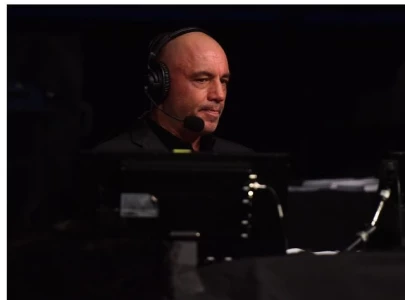

1726222798-0/Tribune-Pic-(13)1726222798-0-165x106.webp)










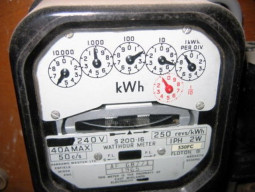


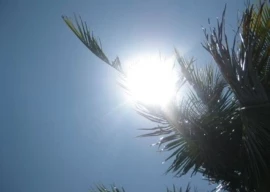
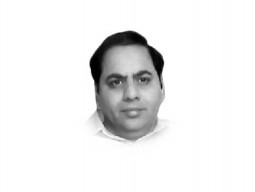



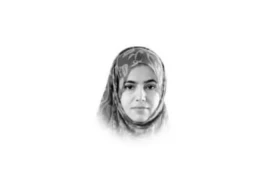

COMMENTS
Comments are moderated and generally will be posted if they are on-topic and not abusive.
For more information, please see our Comments FAQ